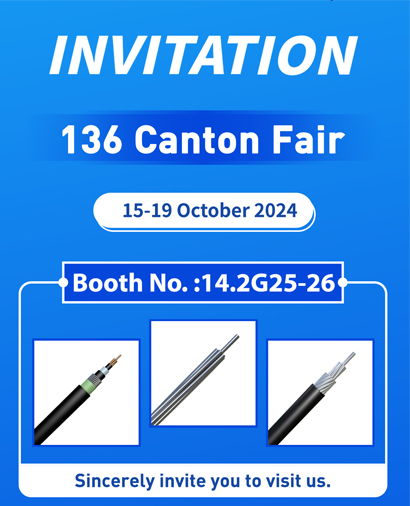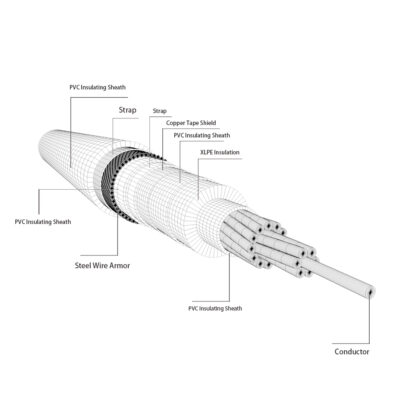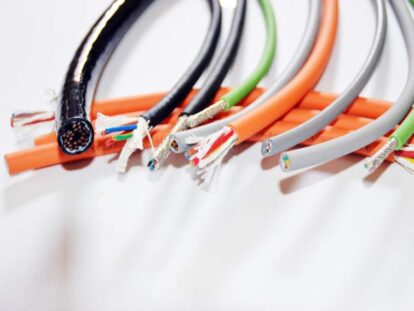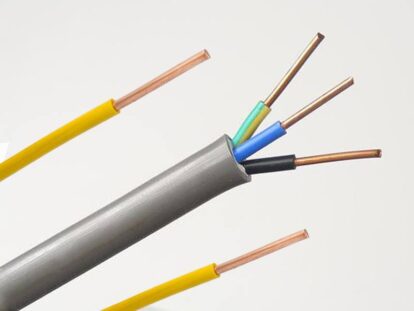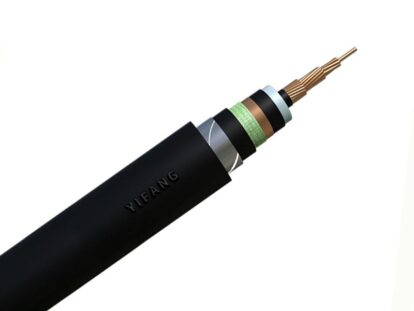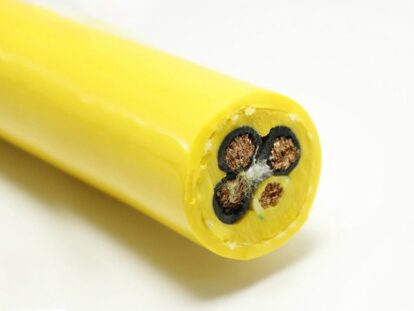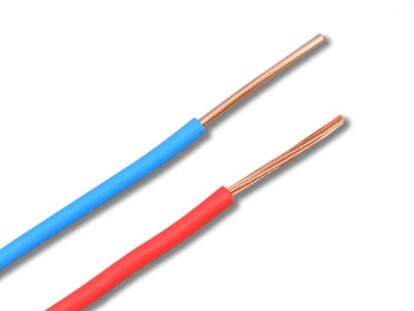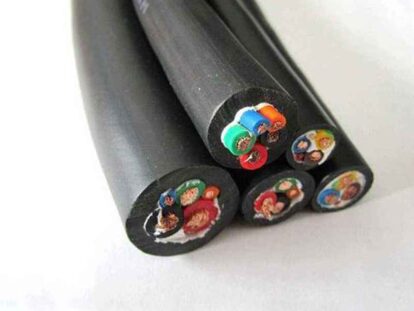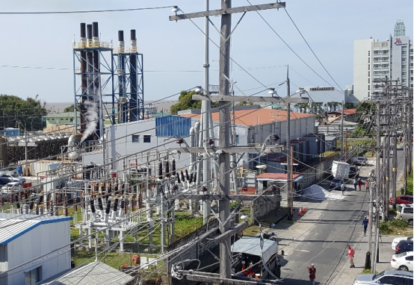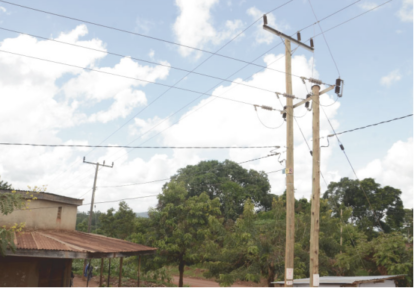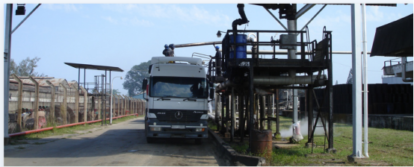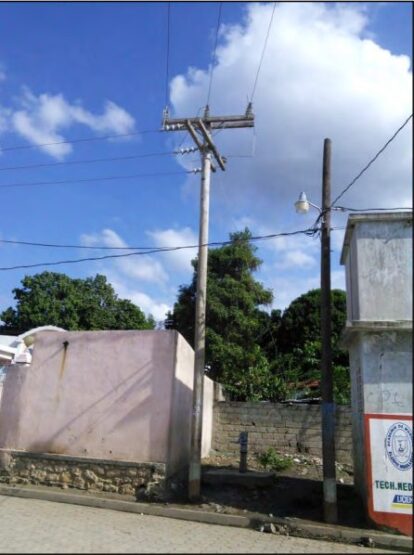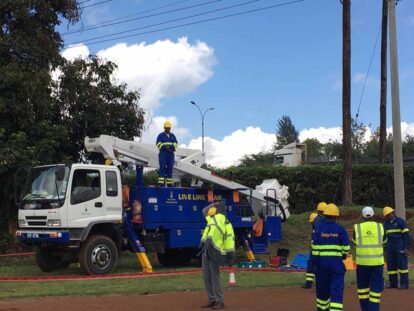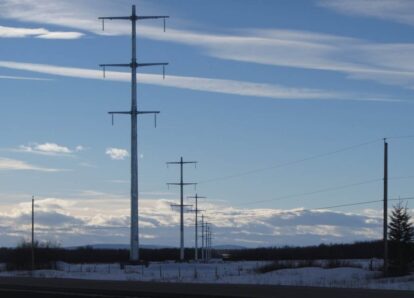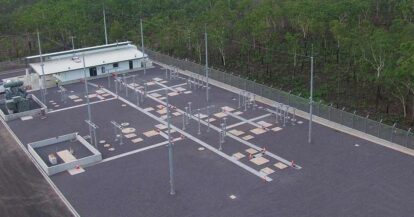BS EN 50182 is a standard for regulating AAC developed by the European Committee for Standardization (CEN), which aims to replace the original BS 215-Part 1 standard. BS EN 50182 stipulates the requirements for the material, structure, size, mechanical properties, electrical properties and test methods of AAC to ensure its quality and safety.
According to BS EN 50182 standard, AAC is divided into two types: AL1 and AL2. AL1 refers to conductors made of pure aluminum or an aluminum content of at least 99.5%, and AL2 refers to conductors made of at least 99.7% aluminum content. Both types of conductors consist of several monofilaments arranged in concentric circles, and the diameter of the monofilaments does not exceed 4mm. The cross-sectional area of the conductor varies from 10mm² to 800mm² and is named according to the International System of Units (SI).
The BS EN 50182 standard also gives relevant parameters for AAC conductors of various cross-sectional areas, including:
– Conductor name: named according to British tradition, such as Ant, Midge, Wasp, etc.
– Conductor number: Sort according to cross-sectional area from small to large, such as 10/1, 16/2, 25/3, etc.
– Actual cross-sectional area: expressed in mm².
– Number of filaments: Indicates the number of filaments that make up a conductor.
– Monofilament diameter: expressed in mm.
– Conductor diameter: expressed in mm.
– Conductor weight: expressed in kg/km.
– Calculated breaking force: expressed in kN, the maximum tensile force that can be sustained under the minimum breaking load applied at 20°C.
– Calculated resistivity: Expressed in Ω/km, the maximum AC resistance that can be tolerated at the maximum allowable continuous operating temperature is applied at 20°C.







